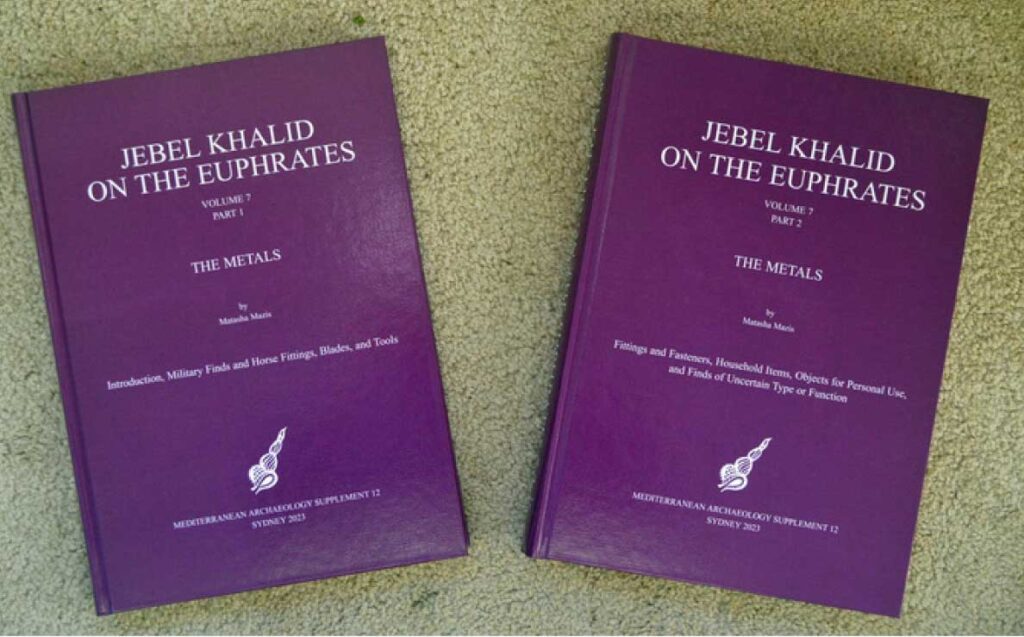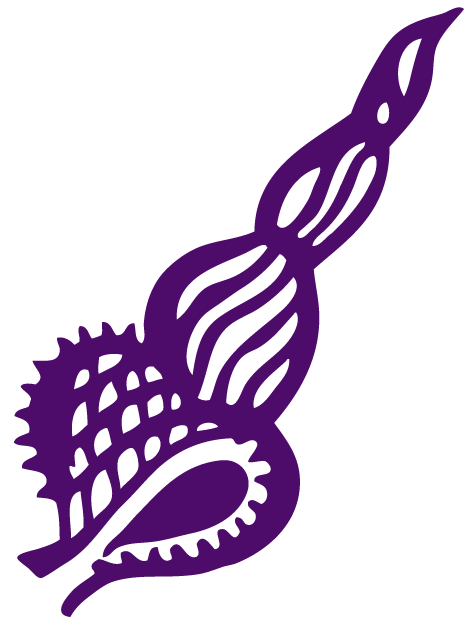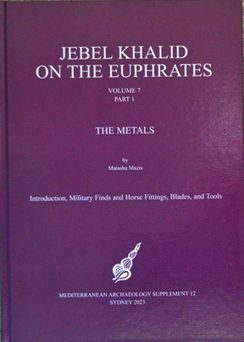Overlooking the Euphrates in northern Syria, Jebel Khalid – the ancient name of which unfortunately remainsunknown – was likely founded by Seleucus I Nicator early in the third century BC, to be abandoned three centurieslater when the Seleucid Empire collapsed.
This seventh and final volume in the Jebel Khalid seriespresents the nearly 4000 metal finds recovered overalmost a quarter of a century of Australian fieldwork atthe site. It comes in two parts, the first presents themilitary finds (including the horse fittings), the blades,various tools (such as chisels, saws, spatulas, scoops, orforceps), weights, and waste. The second is devoted tofittings and fasteners (e.g., nails, keys, and locks),household items (such as ladles and vessels), andobjects for personal use (such as bangles, finger ringsand earrings, chains, needles, and pins). Both includerichly illustrated catalogues and detailed discussions.
The author, Matasha Mazis, is a Research Associate in Archaeologyat the Technical University of Darmstadt, specializing inarchaeometallurgy. Her interest in this field began with her doctoralresearch at the University of Melbourne in 1998, where she exploredLate Iron Age iron technologies in the highland region of north-eastern Anatolia.
Mazis’ professional career includes work on several excavationprojects in western Asia, where her role involves the analysis andinterpretation of ancient metal objects. From 2000 to 2010, sheserved as the metals specialist on the Jebel Khalid team, applyingher expertise to help decipher the site’s metallurgical history. Herinput contributes to a broader understanding of the metalworkingpractices of the people who once inhabited Jebel Khalid.
Sadly, Jebel Khalid has been heavily damaged by looting and fighting since the start of the Syrian civil war in 2011.Objects and samples stored for processing and future archiving have been lost, including most of those presented inthis work. One of the most important aims of this volume, therefore, is to ensure that as much of the archaeologicalrecord as possible is formally documented and transmitted.


